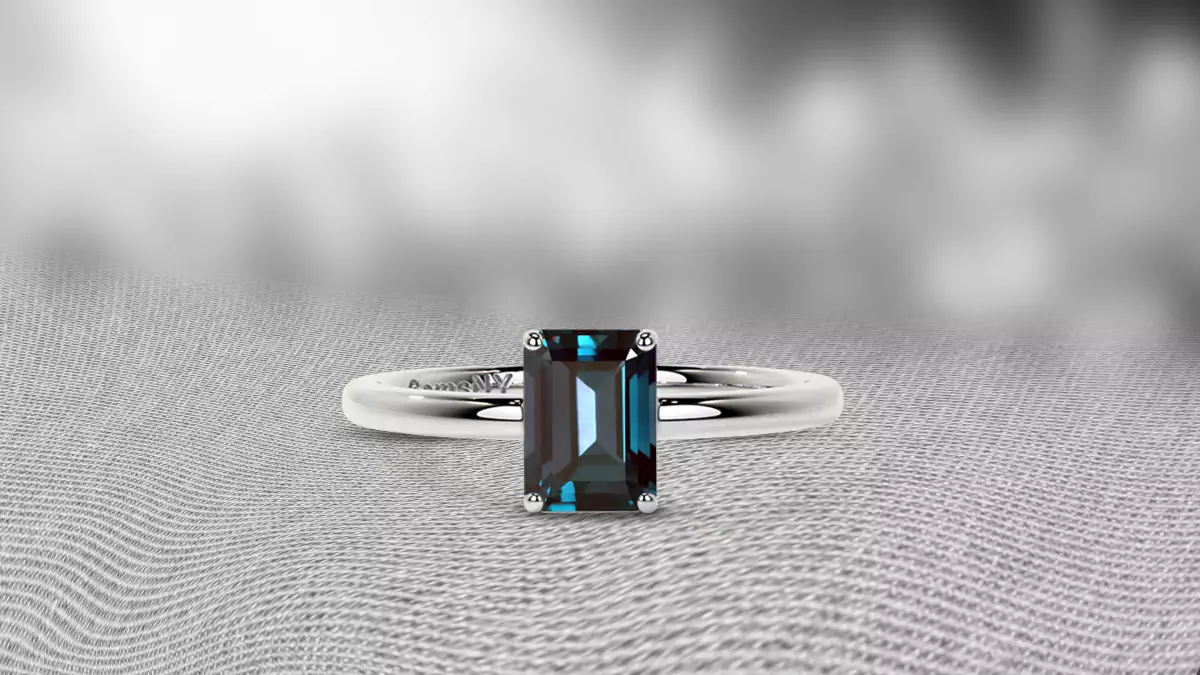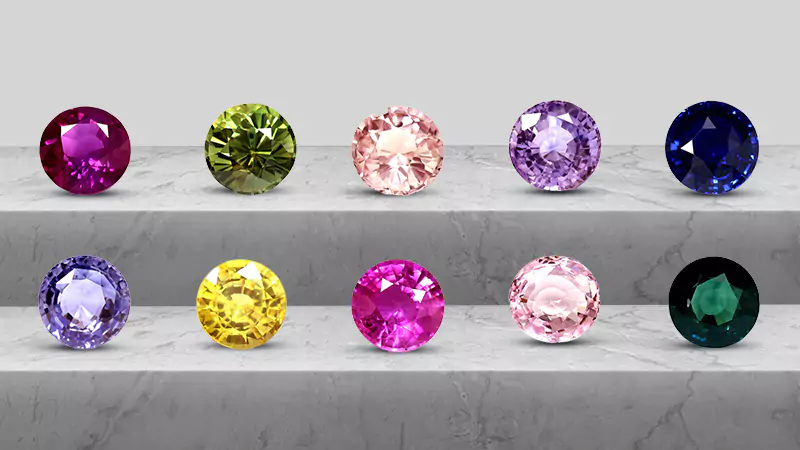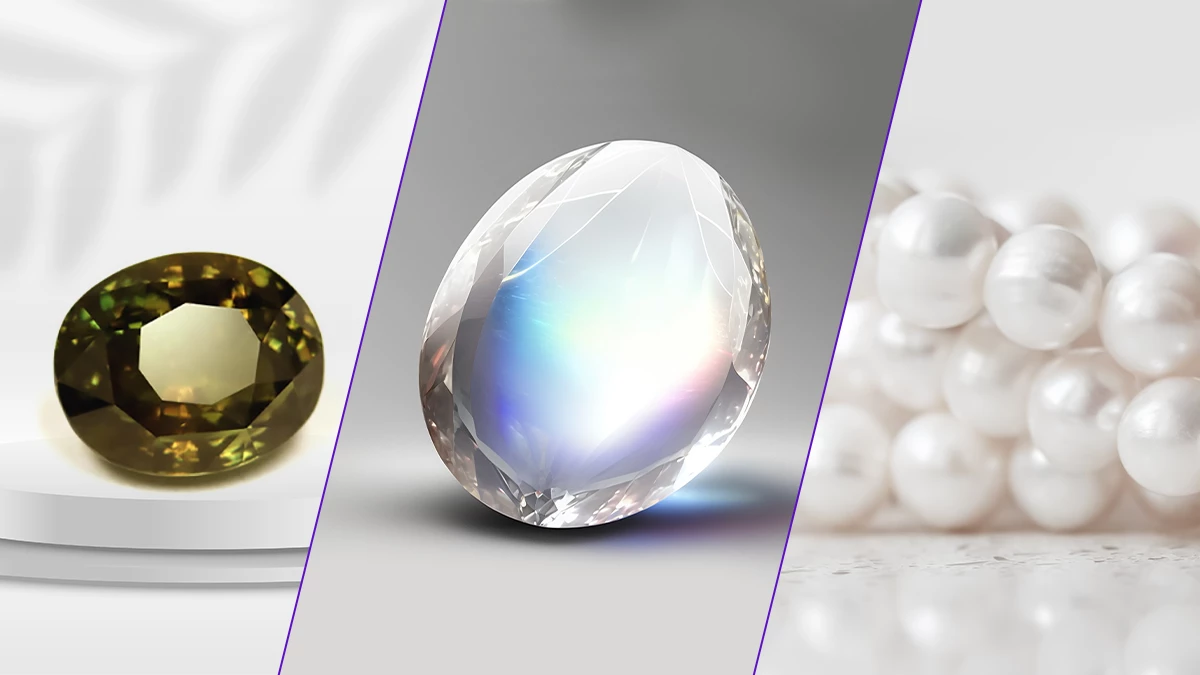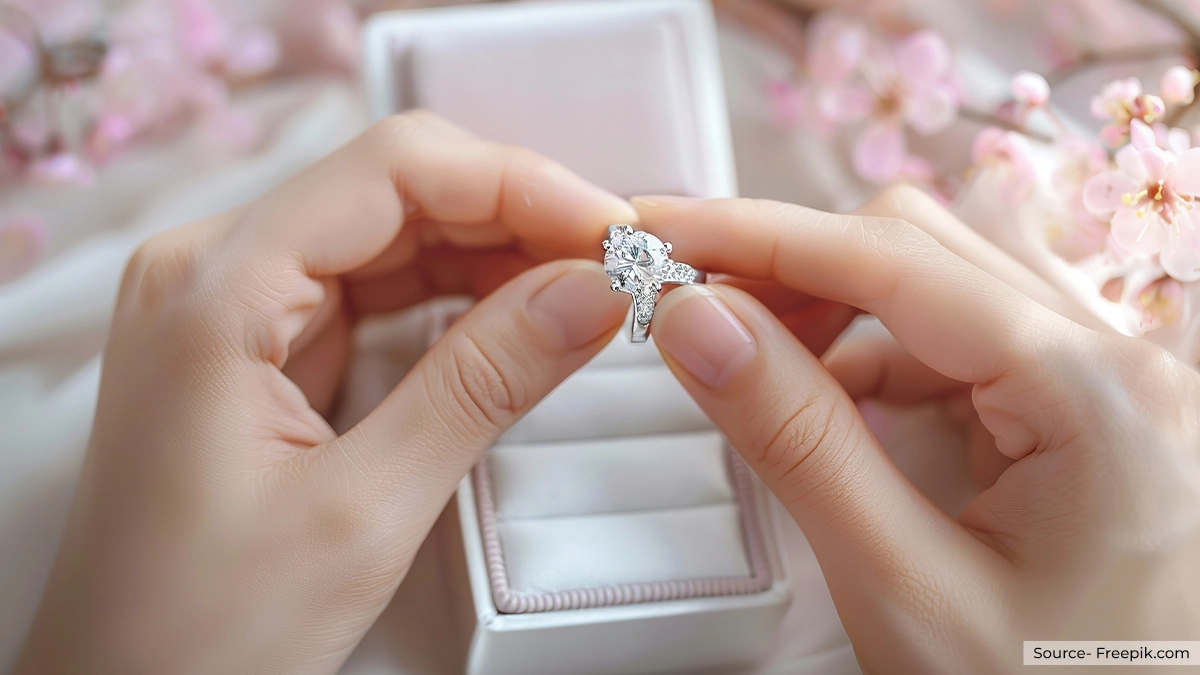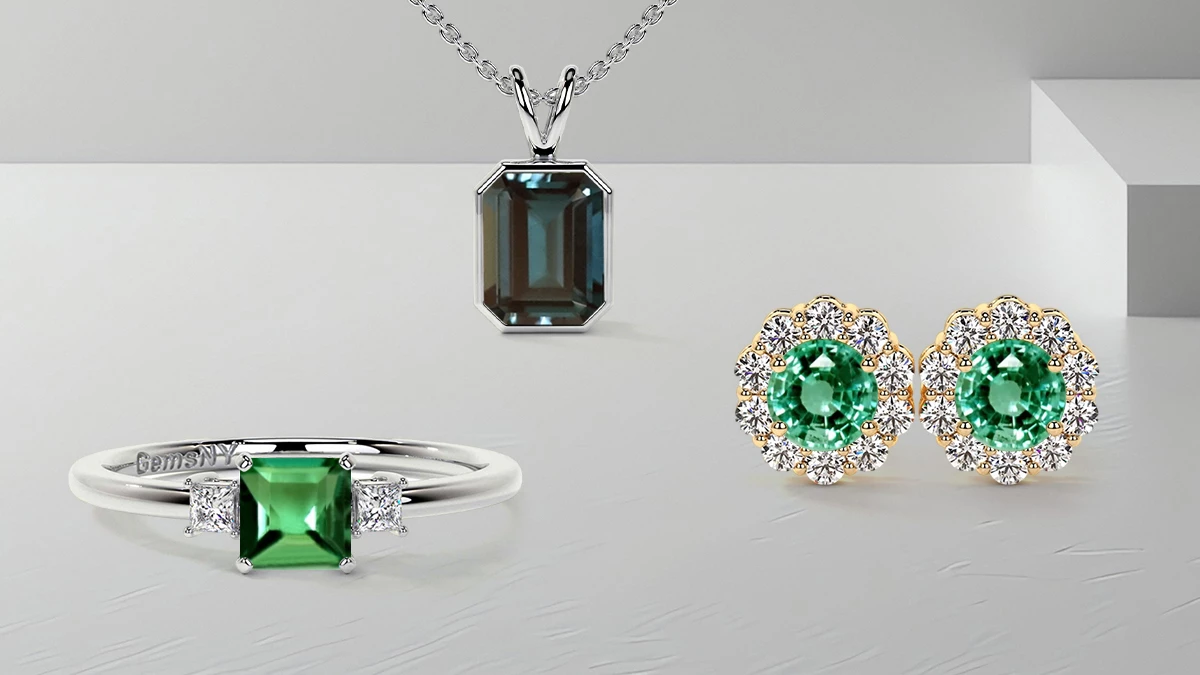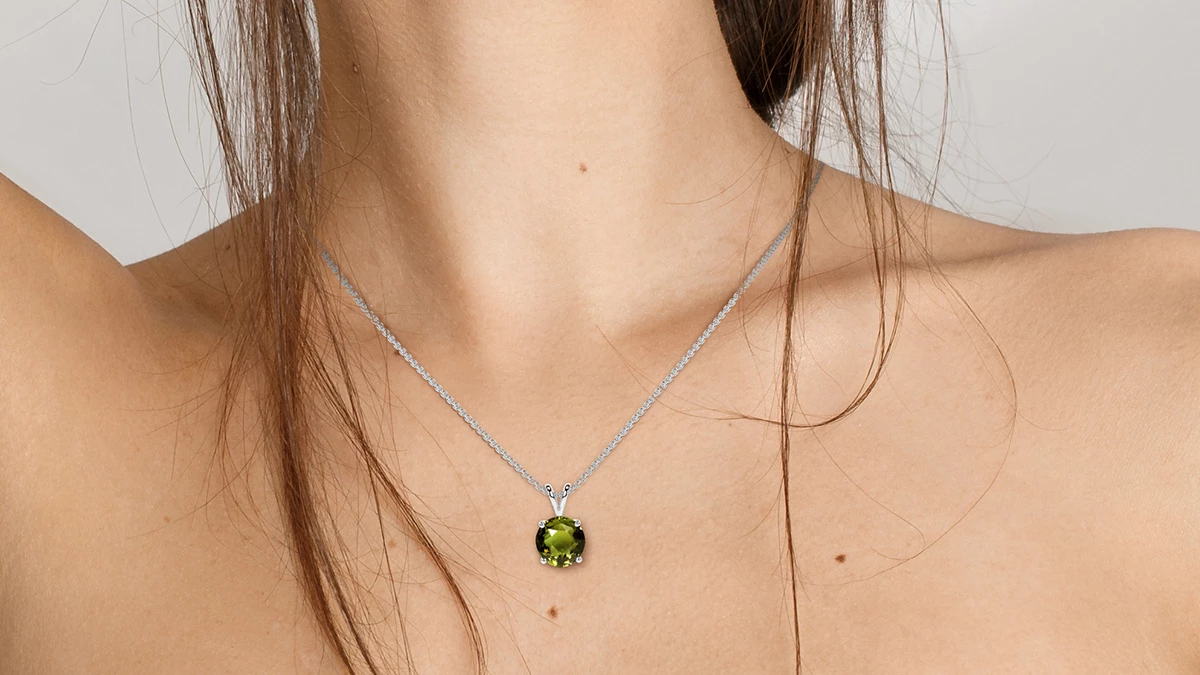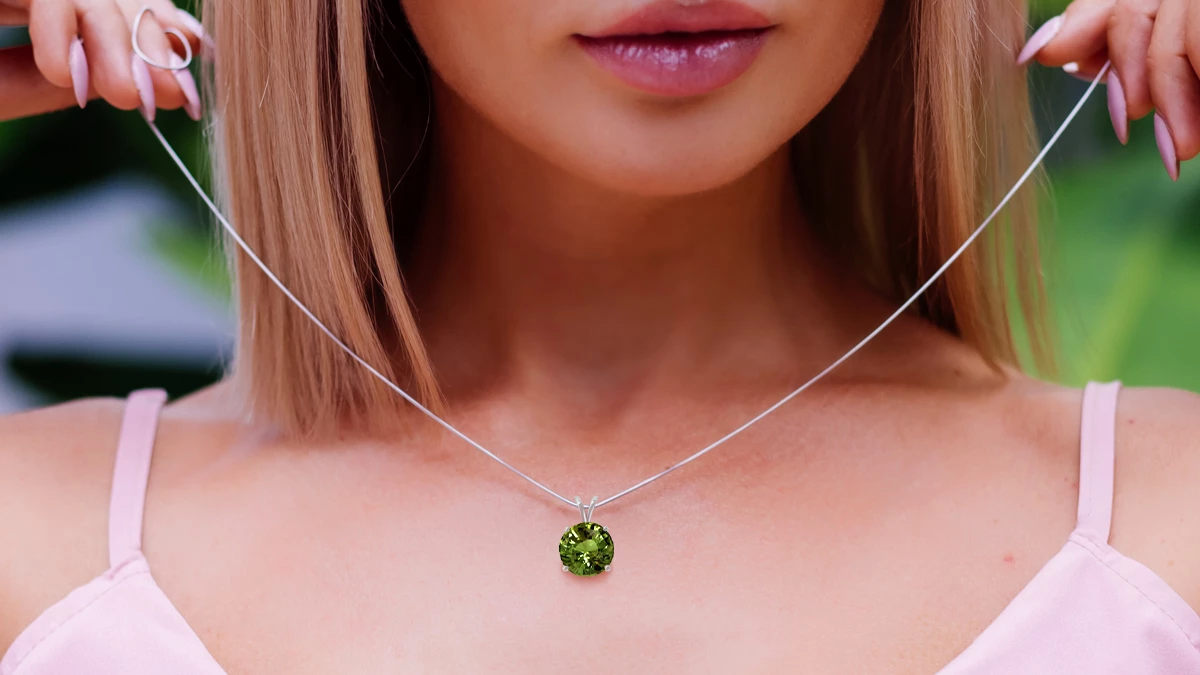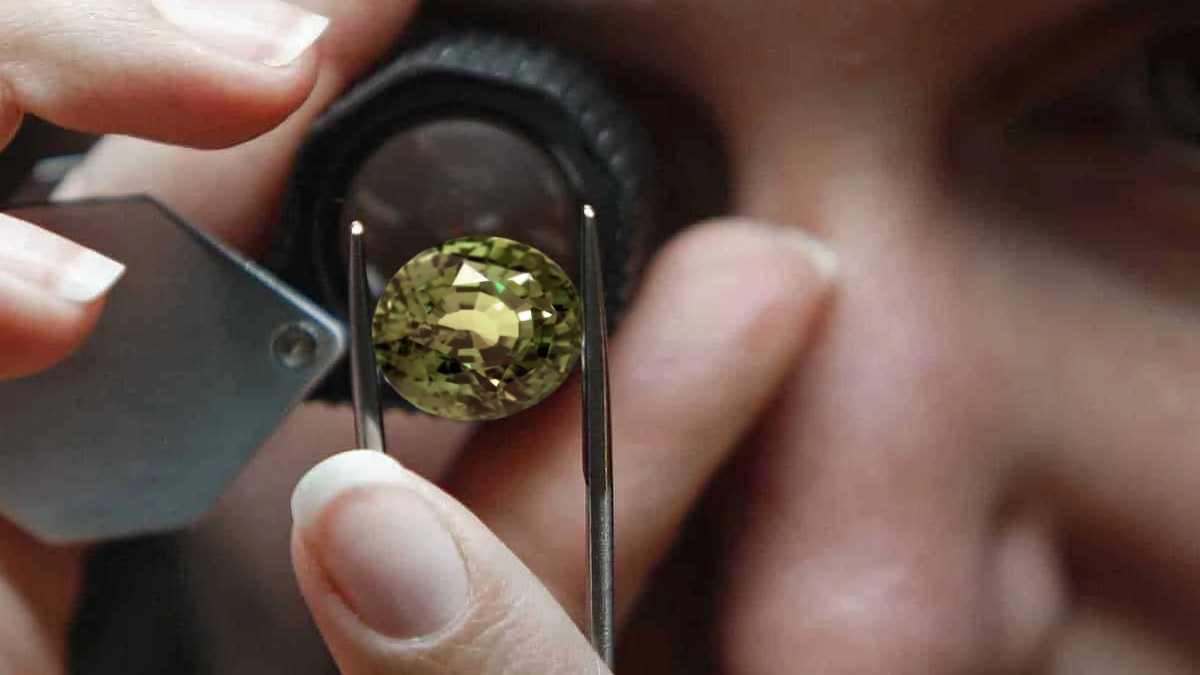Lab-created alexandrite engagement rings are becoming increasingly popular nowadays. It’s only because of people like you that the market of synthesized gems has become more considerate now. We are progressing toward making this world a better place with jewelry lovers turning toward lab-grown gems. Since natural gems come from the earth, they come at the cost of depriving various living beings of their habitat.
So, we can say that a lab-grown alexandrite engagement ring is a perfect and ethical pick. It’ll put a big smile on your partner’s face while keeping the animals better off in their natural environment. On that note, let’s dive into the world of lab-grown alexandrite stunners.
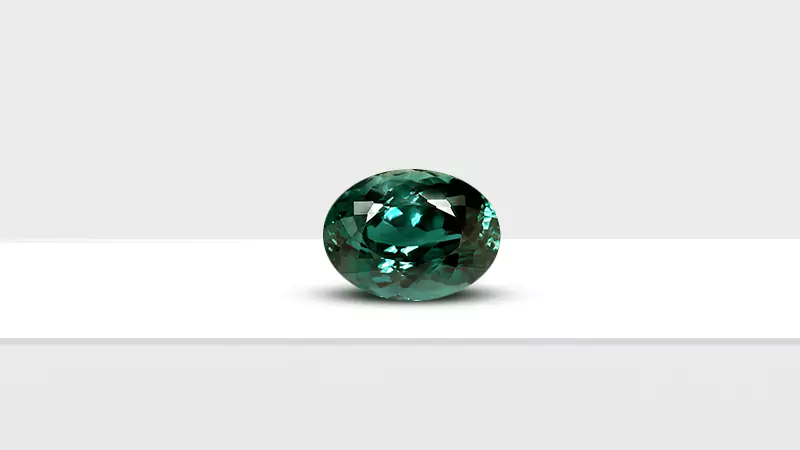
What Are Lab-Created Alexandrite Gemstones?
Lab-created alexandrites are grown in laboratories under controlled environments from the exact chemical ingredients as natural alexandrites. We commonly refer to these stones as lab-created, artificial, man-made and lab-grown.
There are many methods of manufacturing them, like flame fusion, crystal pulling and flux growth, to name a few. The exceptional clarity of lab-created alexandrites makes them an excellent option for alexandrite engagement rings.
Are They Different From Natural Alexandrites?
Lab-created alexandrites endow the same optical and physical properties and look exactly like their natural counterparts. However, they are technically different from the natural ones since they’re manufactured in a laboratory and not found in the earth’s crust.
But lab-created alexandrite engagement rings aren’t inferior to engagement rings with natural alexandrites in any way. On the contrary, some of them look even more pleasing compared to those featuring natural gems.
Lab-created gems are synonymous with very fine clarity because the formation and presence of their inclusions can be regulated. That’s why some of the made-to-order alexandrite engagement rings have no to minimal clarity characteristics. Another big difference between the two stones is the price. Lab-created alexandrites are much cheaper than the natural ones since they are grown in laboratories.
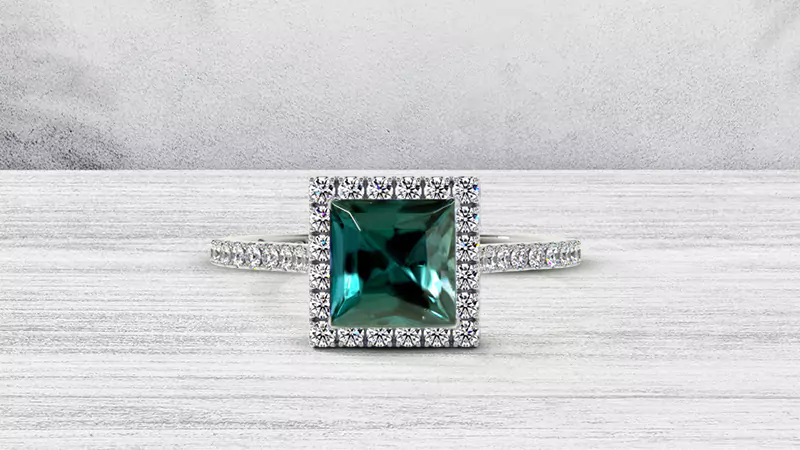
What’s The Need For These Stones?
Natural alexandrites are exceptionally rare and there aren’t enough of them to meet the demand. This creates the need for lab-created loose alexandrite stones. Lab-grown stones are created at an accelerated rate unlike the natural ones that take years to form. That’s why there’s an abundance of lab-created alexandrite engagement rings in the market.
As a matter of fact, the circumstances necessary for the formation of natural alexandrites are quite rare. Forming an alexandrite requires both beryllium and chromium at the right temperature and pressure.
Beryllium, which is already one of the rarest elements, and chromium are rarely found together in the same rocks. So, we can say that the need for lab-created alexandrite gemstones is an upshot of the rarity of natural alexandrites.
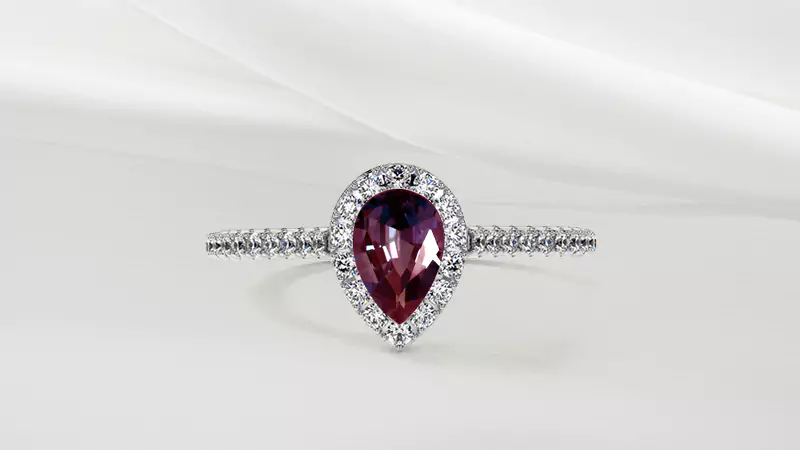
Are Lab-Created Alexandrite Engagement Rings Durable?
Yes, they are. Your lab-grown June birthstone scores an 8.5 on the Mohs scale of hardness just like its natural counterpart. So, there remains no doubt as regards its durability.
Can Lab-Created Alexandrites Be Termed As Imitation Gems?
Lab-created alexandrite gemstones are not imitation gems. Imitation stones are merely look-alikes of real gems and can be made even with glass. On the other hand, lab-created gems duplicate the chemical, physical and optical properties of the natural gems.
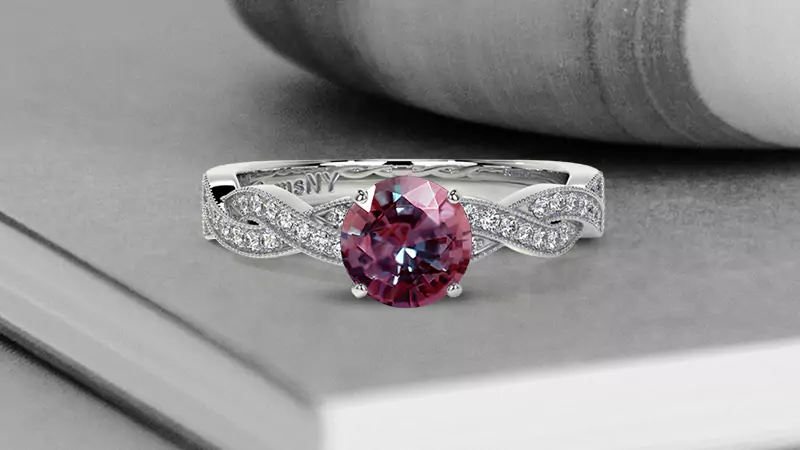
From Where Should You Get Your Lab-Created Alexandrite Engagement Ring?
There are various jewelry brands that offer considerable discounts on real alexandrite engagement rings. However, most of them break off the deal the moment you ask them about the relevant certificates of their bling. These certificates are the proof of authenticity that jewelers get from reputed laboratories.
You need to get your piece from a reliable and trusted jeweler like GemsNY. We understand the emotions of our customers for their jewelry since we’ve been creating their special pieces for so long.
Every jewel from GemsNY comes with appropriate certificates from independent gemstone laboratories, bridging the gap between our transparency and customers. So, you should definitely take a look at our collection of alexandrite engagement rings.

Conclusion
Lab-created gemstone engagement rings are not much different from those with natural gemstones. The centerstone of your lab-created alexandrite ring will change its color just like a natural stone.
Hence, a lab-created alexandrite engagement ring is a smart pick. So spark the curiosities of your partner with the magic of alexandrite at a fraction of price.
